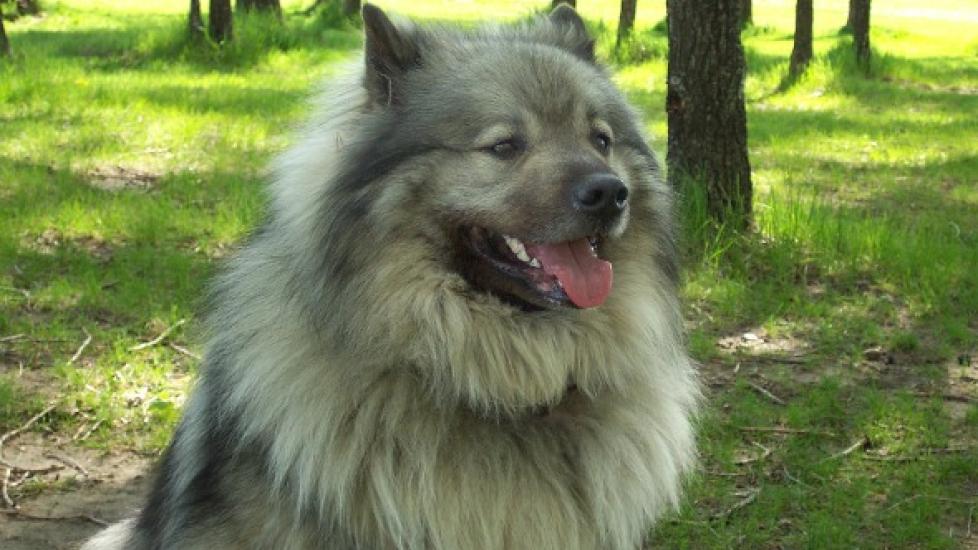Title: Understanding and Managing Hyperparathyroidism in Canine Companions
Introduction:
In the world of our furry friends, hyperparathyroidism is a condition that can wreak havoc on their delicate hormonal balance. This disease affects dogs more commonly than cats and can lead to serious health complications if left untreated. As pet owners, it’s crucial to recognize the signs, understand its causes, and be proactive about managing this condition. Let’s delve into the intricacies of hyperparathyroidism in dogs to ensure we provide them with the best care possible.
What Is Hyperparathyroidism?
Hyperparathyroidism occurs when one or more of a dog’s parathyroid glands produce an excessive amount of parathyroid hormone (PTH). PTH plays a pivotal role in regulating calcium levels within the body, ensuring they remain stable for essential functions such as bone growth and nerve transmission. When too much PTH is released, it signals the kidneys and bones to release calcium into the bloodstream, leading to imbalances that can have far-reaching effects throughout your pup’s system.
Causes and Symptoms:
The exact cause of primary hyperparathyroidism—the most common form seen in dogs—is often unknown. However, secondary cases may arise due to tumors or other abnormalities affecting the thyroid or adrenal glands. Common symptoms include increased thirst and urination frequency, lethargy, weakness, weight loss despite normal food intake, kidney stones, constipation, vomiting, and changes in coat quality. These signs are non-specific and could indicate various diseases; thus, early diagnosis through laboratory tests like serum biochemistry profiles becomes paramount.
Diagnosis and Treatment Options:
Veterinarians typically begin by performing a thorough physical exam followed by blood work analysis looking specifically at calcium levels and renal function parameters. If initial findings suggest hyperparathyroidism might be present, additional imaging techniques like ultrasound or CT scans might be ordered to visualize any potential tumors or enlargements within the neck region where these tiny but mighty glands reside. Once confirmed via histopathology after surgical removal if necessary – which should always involve consulting experienced surgeons specializing in endocrine disorders – treatment usually involves surgical intervention known as parathyroidectomy where affected tissues will get removed under general anesthesia with utmost precision since even slight damage can lead severe hypocalcemia postoperatively requiring immediate medical attention along with intravenous infusion supplements until patient stabilizes over time following strict protocols set forth by veterinary specialists involved during recovery phase ensuring optimal outcomes occur without complication risks being taken lightly ever again!
